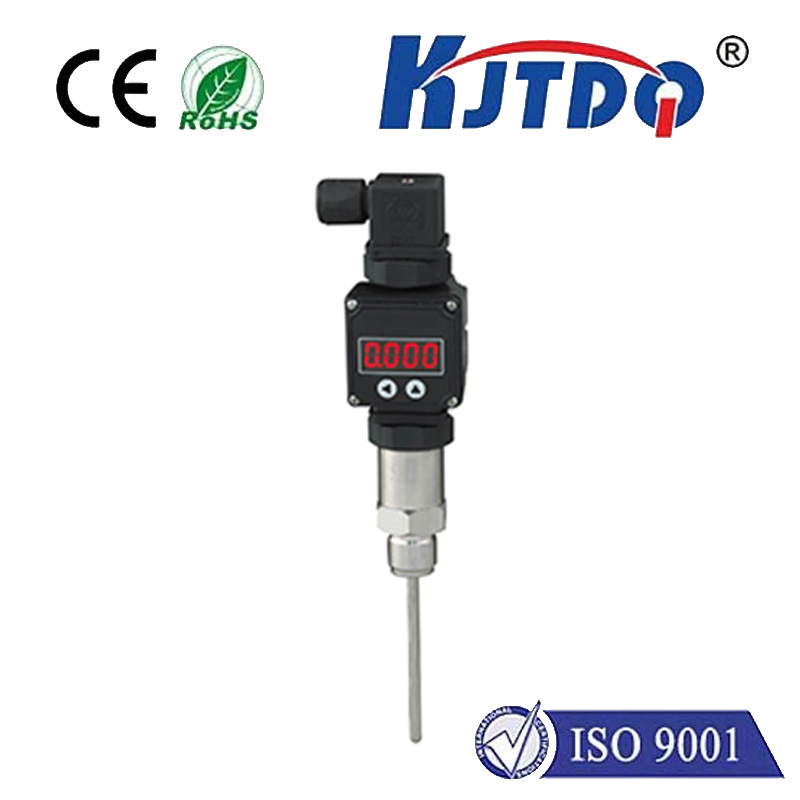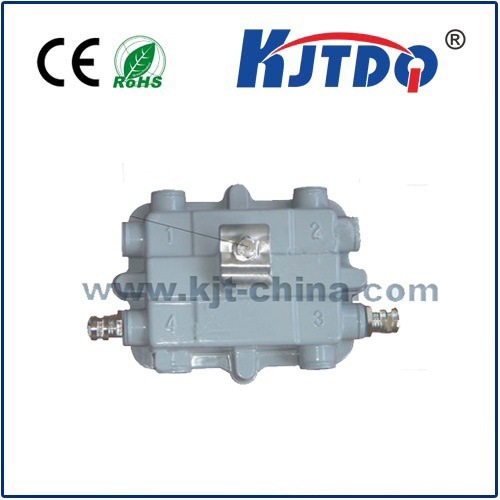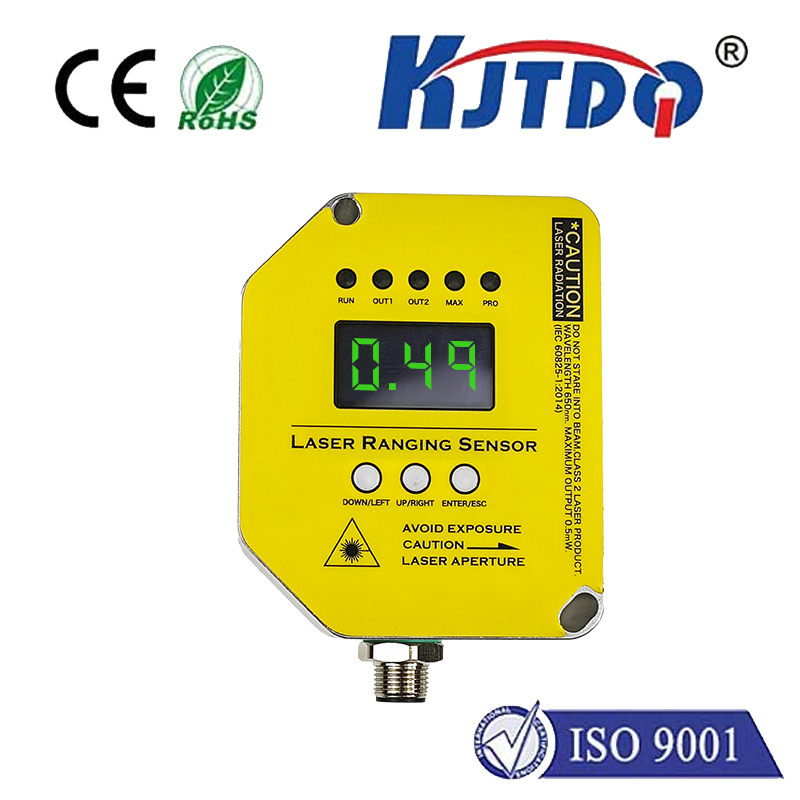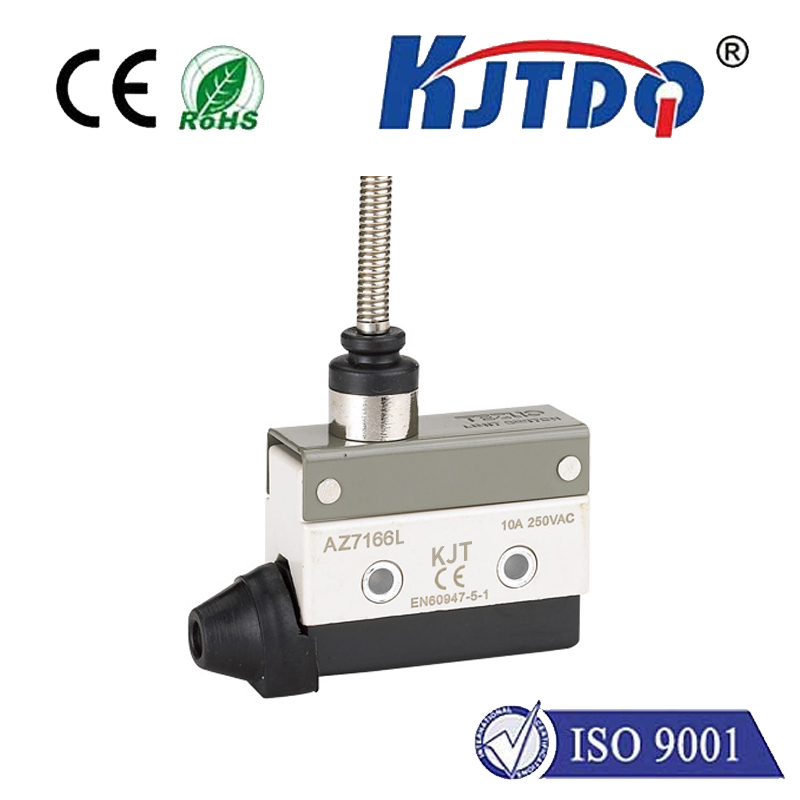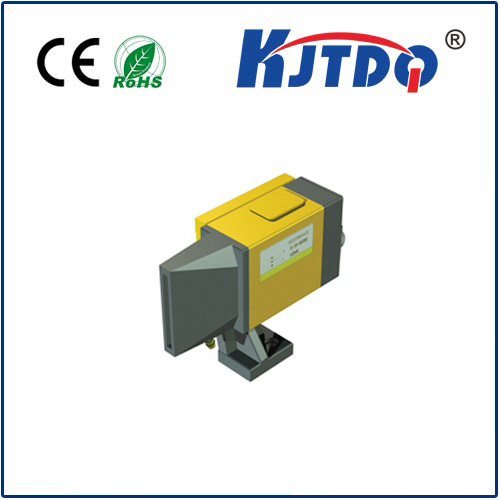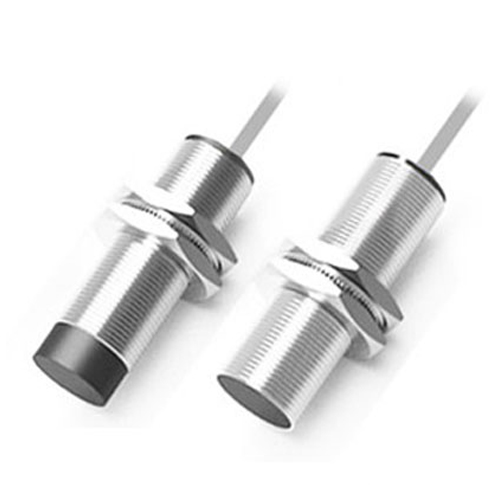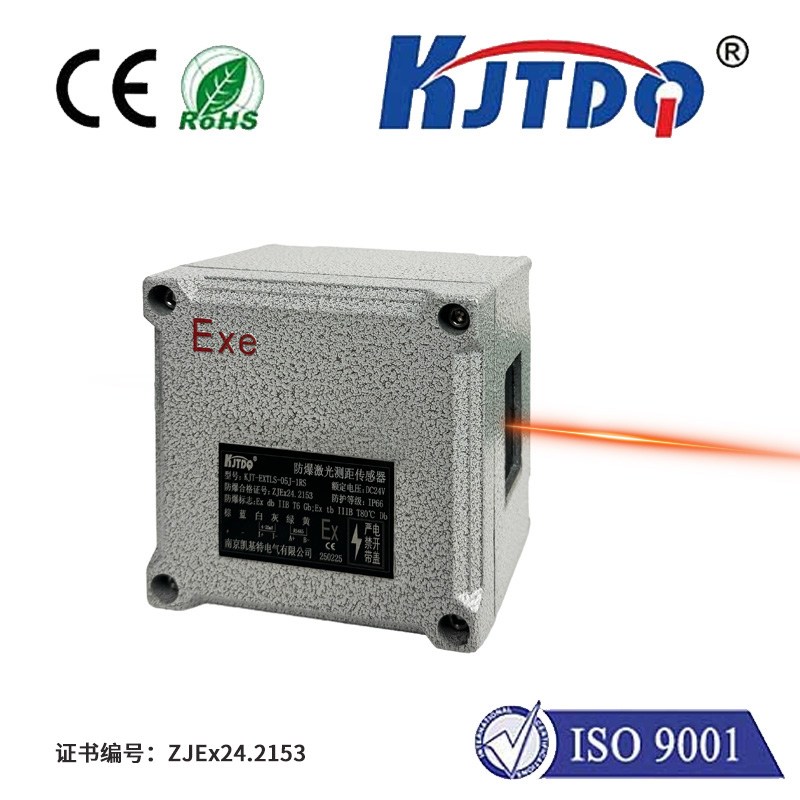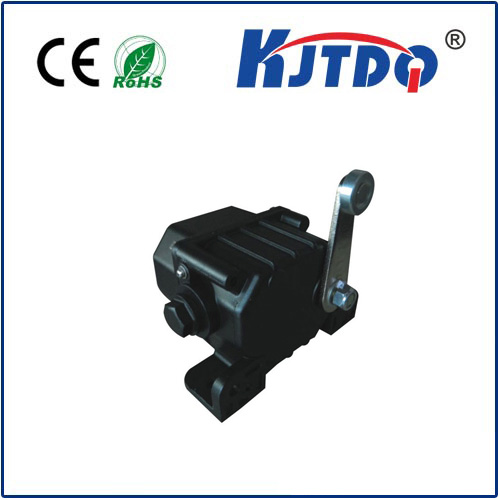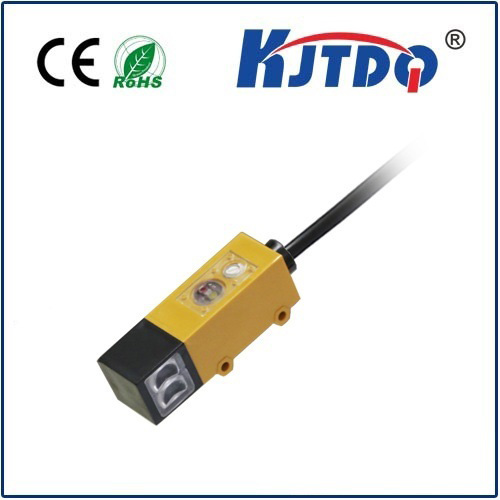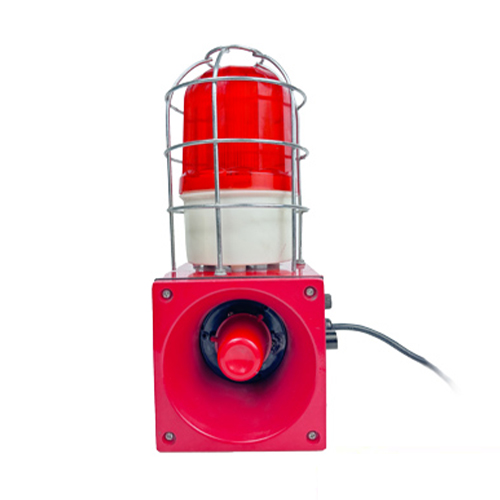BES02J0 proximity sensor
- time:2025-10-14 01:55:55
- Click:0
BES02J0 Proximity Sensor: Compact Reliability for Demanding Automation Environments
Imagine critical equipment failing because a tiny component missed its cue. In the high-speed, precision-driven world of industrial automation, that tiny component is often a proximity sensor. The BES02J0 proximity sensor stands out as a fundamental solution, engineered to deliver dependable non-contact detection where space is tight and reliability is non-negotiable. Understanding its capabilities is key to optimizing countless automated processes.
What Defines the BES02J0?
The BES02J0 represents a specific model within a broader family of industrial proximity sensors, typically photoelectric types. These sensors operate on a simple yet powerful principle: they emit a beam of light (usually infrared) and detect changes in the received light intensity caused by an object entering their sensing range. No physical contact is required, making them ideal for detecting fragile objects, preventing wear, and enabling high-speed counting or positioning.

The Core Strengths: Where the BES02J0 Excels
- Compact Form Factor: Arguably its most defining feature. The BES02J0 is designed for scenarios where real estate is severely limited. Its diminutive size allows it to be installed in cramped machinery, tight conveyor sections, inside robotic grippers, or on small PCBs where larger sensors simply wouldn’t fit. This compactness unlocks application possibilities that might otherwise require complex mechanical redesigns.
- Pinpoint Detection: Despite its size, the BES02J0 offers precise sensing, typically capable of detecting objects at ranges like 2mm. This accuracy is crucial for tasks like verifying component placement on an assembly line, confirming the presence of tiny parts, or triggering events at exact positions.
- Reliable Operation: Engineered for the factory floor. Key features contributing to its reliability include:
- Quick Response Times: Enables detection in fast-moving processes, essential for high-speed counting or sorting applications.
- Stable Sensing: Designed to minimize drift and maintain consistent performance over time and varying environmental conditions.
- Industrial Connectivity: Often features a pre-wired cable or a compact connector (like M8), ensuring robust electrical connections vital for noisy industrial environments.
- Environmental Tolerance: While specs vary, models like the BES02J0 are generally built to withstand typical shop floor challenges like dust, moisture (often rated IP67), and moderate vibration.
Where Does the BES02J0 Make an Impact?
Its unique blend of small size and reliable performance makes the BES02J0 ubiquitous across automation:
- Electronics Manufacturing: Verifying presence/absence of miniature components on PCBs, detecting tiny connectors or chips, ensuring correct insertion in sockets.
- Small Assembly Stations: Confirming part placement before welding, gluing, or assembly steps; detecting orientation of small parts.
- Packaging Machinery: Counting small items (like pills, capsules, electronic components) moving at high speeds on narrow lanes; detecting labels on small packages.
- Robotics: Mounted on robot arms or end-effectors for precise tool detection, confirming part pickup/drop-off, or proximity sensing in confined gripper spaces.
- Textile and Small Parts Handling: Detecting thread breaks, verifying needle positions, confirming feed of small spools or components.
- Medical Device Manufacturing: Providing precise non-contact detection for delicate components and assemblies within compact equipment.
Beyond Basic Detection: Key Considerations
Integrating the BES02J0 effectively requires attention to detail:
- Optical Characteristics: Understanding if it’s a through-beam (requires separate emitter and receiver), retro-reflective (uses a reflector), or diffuse reflective (detects light bounced off the object) model is fundamental. The BES02J0 is most commonly a compact diffuse reflective sensor. Each type has distinct installation and sensing range implications. Its short sensing range (e.g., 2mm) is perfect for close-up detection tasks.
- Target Material & Finish: Diffuse sensors are sensitive to the object’s color, reflectivity, and material. Dark, matte, or highly transparent targets can significantly reduce effective sensing range or require sensor adjustment. Testing with the actual target material is always recommended.
- Electrical Specifications: Matching the sensor’s output type (NPN or PNP transistor, NO or NC contact) and voltage requirements (e.g., 10-30V DC) to your control system (PLC, robot controller) is critical. Incorrect wiring can damage the sensor or controller.
- Mounting Precision: Given its short sensing range, ensuring the sensor is mounted at the exact correct distance and angle relative to the target path is vital for consistent operation. Small misalignments can cause failures.
Why Reliability in a Tiny Package Matters
In modern automation, space is a premium and downtime is costly. The BES02J0 proximity sensor directly addresses both challenges. Its compactness allows engineers to integrate sensing into designs previously considered impossible without complex modifications. More importantly, its focus on industrial-grade reliability ensures that once installed correctly, it provides the consistent, non-contact detection needed to keep production lines running smoothly, reduce maintenance interventions, and safeguard product quality. It exemplifies how a meticulously designed component, operating silently in the background, can be the linchpin of efficient and robust automated systems. Choosing the right sensor for the precise application, especially one as specialized as the BES02J0 for confined spaces, is an investment in operational stability.






